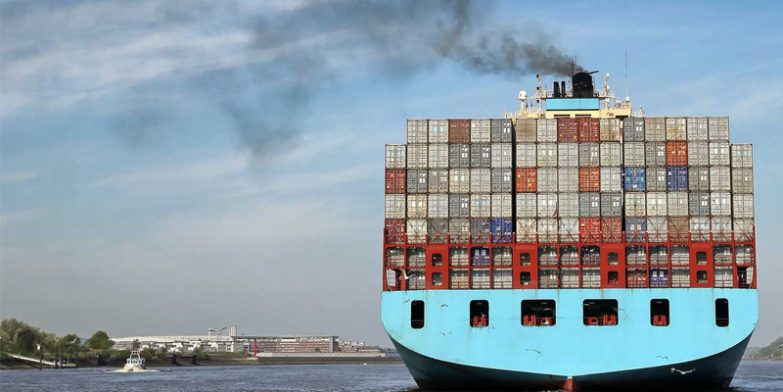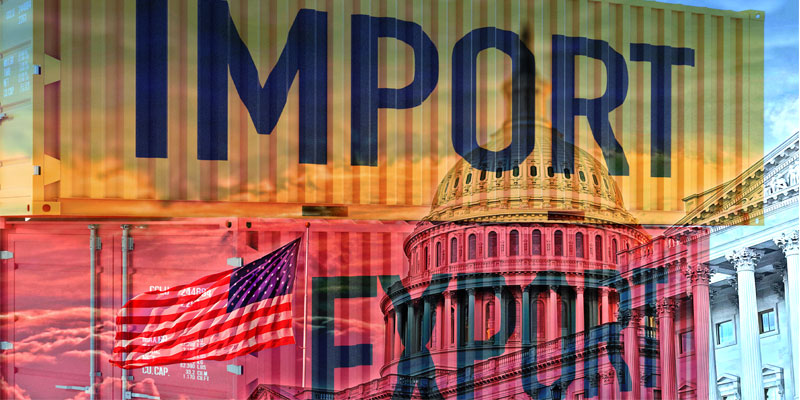
The EU Emission Trading Scheme (EU ETS) was established in 2005 to tackle greenhouse gas emissions within the European Union and extends to container shipping from the 1st January 2024, with a new surcharge for shippers.
ETS is a ‘cap and trade’ scheme where a limit is placed on the amount of pollutant emissions and obliges shipping lines to hold an allowance for each tonne of CO2 or other carbon equivalent gases they emit.
The cap reduces annually over four years to lower emissions and if a company exceeds its allowance, it may be penalised with a heavy fine.
Carriers purchase the capped number of permits, known as EU Allowances (EUAs) at auction, with price defined by supply and demand, that allow discharge of the specified quantity of greenhouse gas emissions (GHGs):
2024 = 40% of verified emissions
2025 = 70% of verified emissions
2026 = 100% of verified emissions
Forecasts suggest that the shipping industry could be liable for €3.1bn in 2024, €5.7bn in 2025 and €8.4bn in 2026, with container shipping potentially accounting for 30% of overall emissions.
Unlike the standard bunker adjustment factor (BAF) which is adjusted quarterly, based on publicly available fuel prices, that will not be possible with ETS, because the cost is only known post-fact and hence the lines will have to make upfront assumptions.
The Loadstar recently shared a matrix of announced ETS surcharge estimates, which make it possible to calculate the average TEU surcharge for the Asia to North Europe trade route @ €25, Asia to Mediterranean @ €16 and the transatlantic @ €33.
However, as one line pointed out, there is a caveat:
“This is just an estimation of the surcharge tariff with current information, therefore, this will not guarantee the future surcharge tariff or its calculation logic. The actual surcharge tariff will be announced separately before the actual implementation.“
Shippers found the post-IMO 2020 bunker fuel formulas confusing and misaligned across the carriers, and we suspect that it will be far worse with ETS surcharges.
The matrix figures shared above should only be used as a reference, because the ETS surcharge, including its methodologies are subject to change.
EMAIL Andy Costara if you would like to to learn more, or have concerns about the issues raised here.





